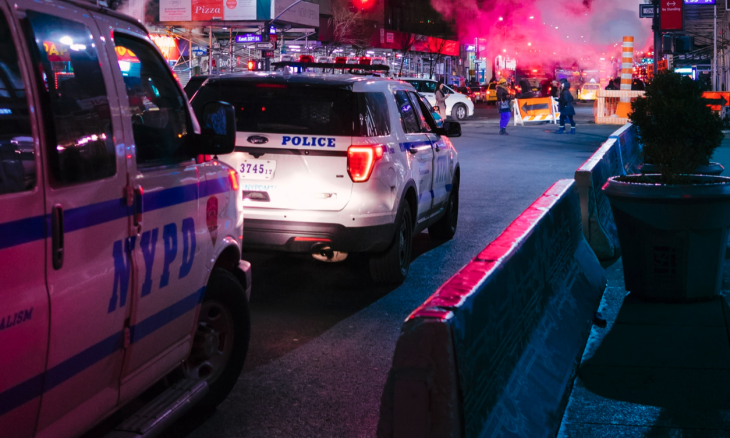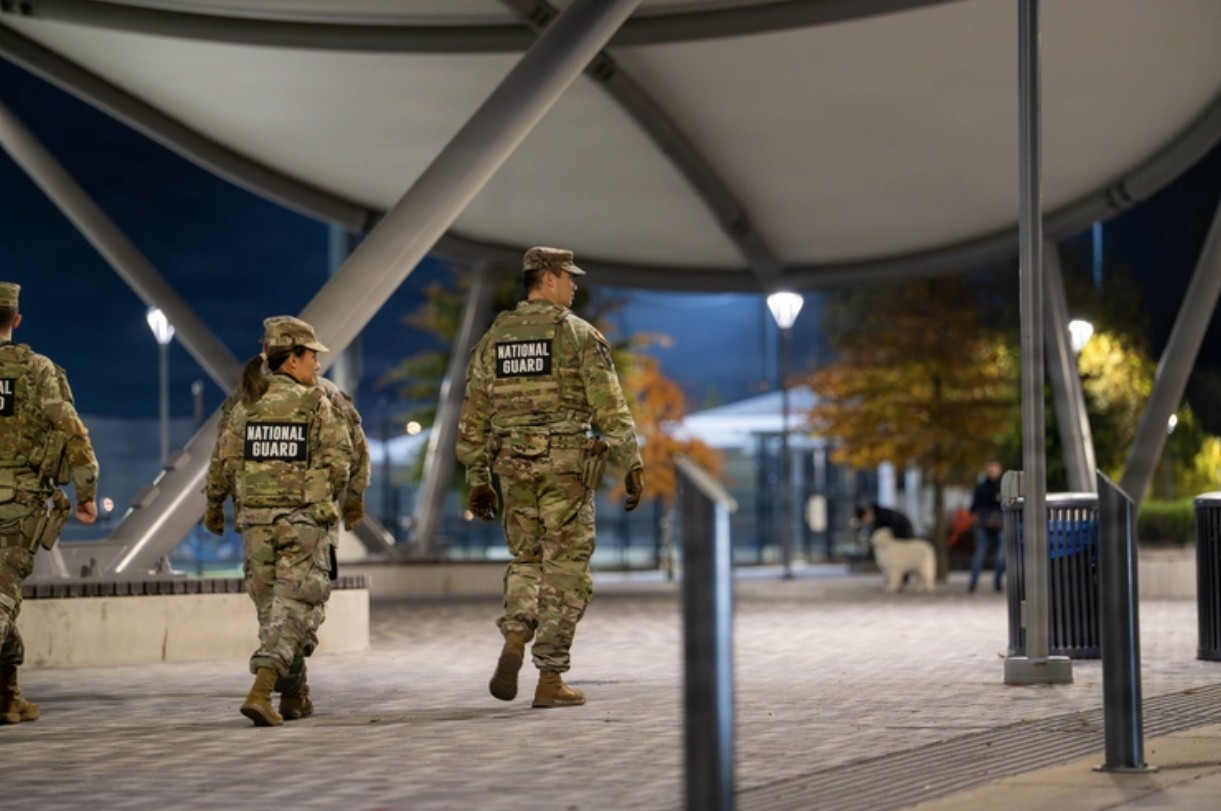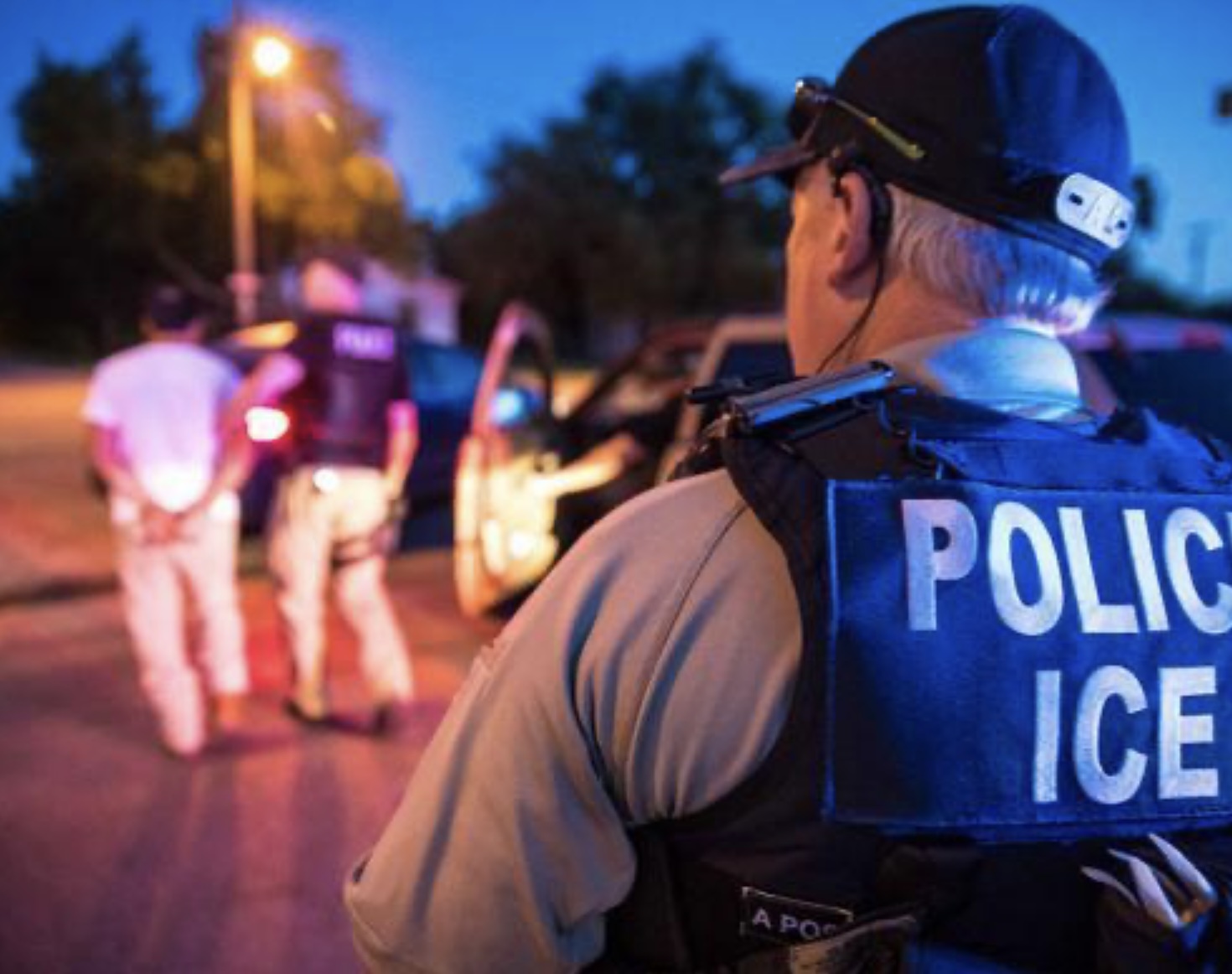Understanding Trends and Root Causes to Respond with Truth and Compassion.
PRAY FIRST for God to reveal the truth behind the headlines so that all our leaders can respond with calm minds and discernment.
Open my eyes, that I may behold wondrous things out of your law. Psalm 119:18
When it comes to crime in America, public opinion often paints a more alarming picture than the actual data supports. In a recent Pew Research Center survey, 77% of Americans said they believe crime is rising nationally. Yet, statistics from the FBI’s 2023 Uniform Crime Reporting system show that overall violent crime declined by approximately 3%, with murder dropping 11.6% and other violent offenses like rape and robbery also seeing significant reductions. Property crime rates followed a similar trend, falling by 2.4%.
Still, anxiety remains. This gap between perception and reality is often widened by social media, political rhetoric, and sensational headlines. However, these statistics are more than numbers. They reflect lives, neighborhoods, and systems that affect real people, especially those in communities already strained by violence or a lack of support.
Evolving Crime Types and Geographic Shifts
While the overall crime rate has declined, not all forms of crime are in retreat. Cybercrime, for example, has seen a dramatic increase. The FBI’s Internet Crime Complaint Center (IC3) reported cybercrime losses reaching $6.5 billion in 2023, a jump largely fueled by phishing scams, ransomware, and tech support fraud. Older Americans have been disproportionately affected by these crimes, pointing to the evolving nature of victimization in the digital age.
Geography also plays a role. Urban areas continue to see higher rates of violent crime, while property crimes are rising in suburban and rural communities. The Council on Criminal Justice found that while homicides declined in many major cities, aggravated assaults and gun-related incidents rose in smaller towns and suburban areas. Social isolation, lack of community policing, and economic shifts may help explain these changes.
Root Causes and Data Limitations
So, what’s behind the overall decline in crime? Experts point to several contributing factors: the easing of pandemic-era social disruptions, improved law enforcement strategies, and renewed investments in violence prevention programs. However, ongoing issues like poverty, housing instability, mental health, and educational disparities continue to influence criminal behavior. Gang activity remains a concern in some areas, and underreporting, especially in rural communities, skews the full picture.
Understanding crime trends also means recognizing the limits of data. The FBI relies on reports from law enforcement agencies, many of which still face challenges transitioning to the newer National Incident-Based Reporting System (NIBRS). Additionally, the National Crime Victimization Survey (NCVS) provides valuable insights into unreported crimes but relies on self-reported information, which can be incomplete or influenced by memory.
Why It Matters and How We Can Respond
These complexities highlight why discernment matters. If we base our understanding solely on headlines, we risk drawing conclusions that miss the real story. A thoughtful approach considers not just how many crimes occur, but who is affected, why, and what solutions can truly make a difference.
How we engage with this issue matters deeply. Crime affects the well-being of our neighbors and the fabric of our communities. Isaiah 1:17 offers this command: “Learn to do good; seek justice, correct oppression; bring justice to the fatherless, plead the widow’s cause.” That pursuit includes listening to the needs of communities, addressing root causes, and showing compassion without turning a blind eye to wrongdoing. It also means resisting the urge to sensationalize or politicize. Rather than falling into extremes of either denial or panic, we are called to respond with both truth and grace. Supporting crime prevention programs, mentoring at-risk youth, and advocating for fair policies are tangible ways to live out this calling.
HOW THEN SHOULD WE PRAY:
— Pray for peace, protection, and healing to communities where violence has left deep wounds. The Lord is near to the brokenhearted and saves the crushed in spirit. Psalm 34:18
— Pray for leaders to have understanding minds and compassionate hearts to govern justly and wisely. He leads the humble in what is right, and teaches the humble his way. Psalm 25:9
CONSIDER THESE ITEMS FOR PRAYER:
- Pray for safety for law enforcement and for court officials to act with fairness and integrity.
- Pray for churches and ministries that offer both practical help and spiritual support to those affected by crime.
- Pray for those who have been victims or affected by crime, that they may find healing, comfort, and strength to recover and rebuild their lives.
- Pray for those reintegrating into society after incarceration to find support and resources to build a positive future and avoid returning to crime.
Sources: Council on Criminal Justice, Federal Bureau of Investigation, Pew Research Center, Department of Justice









